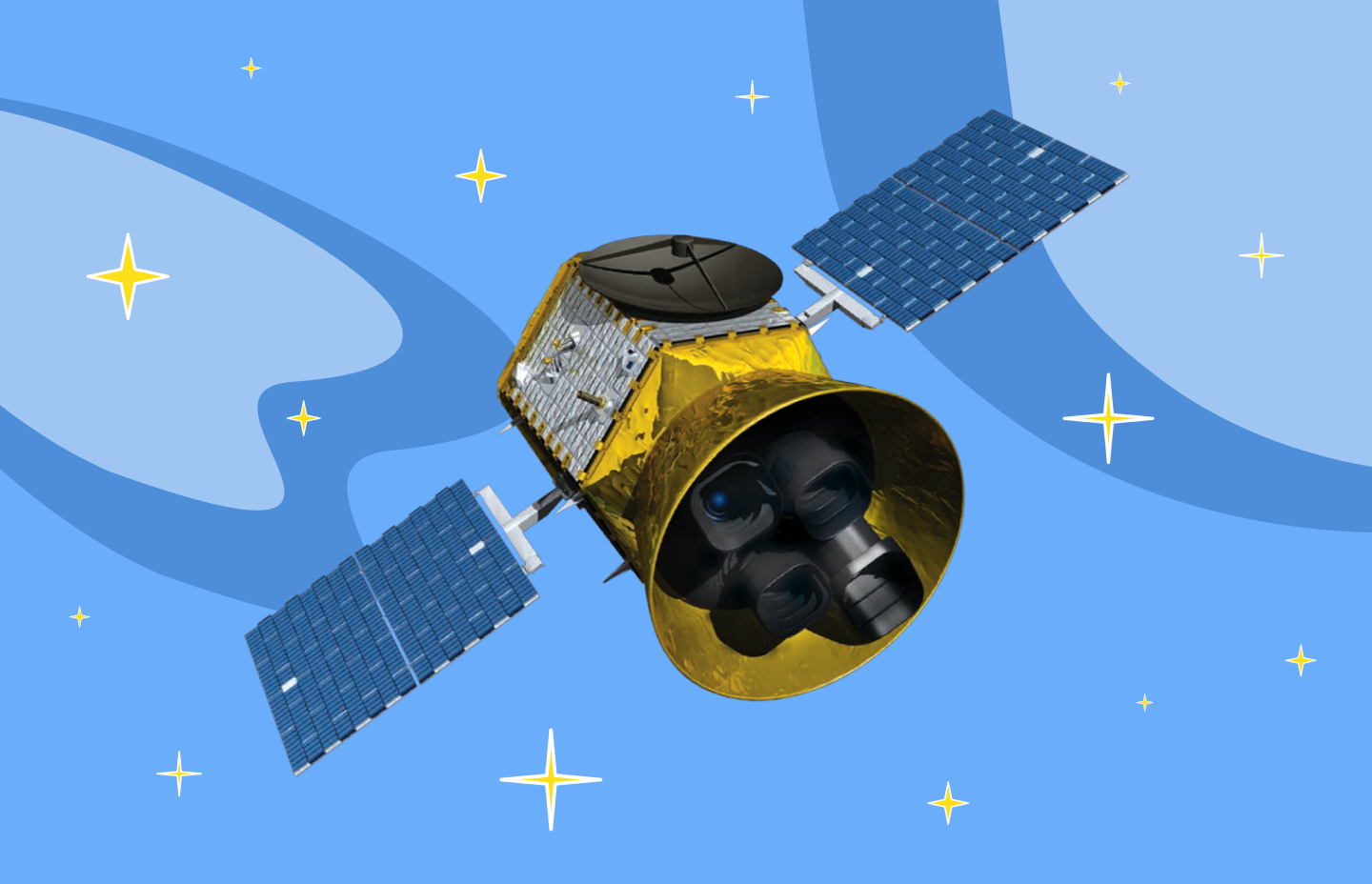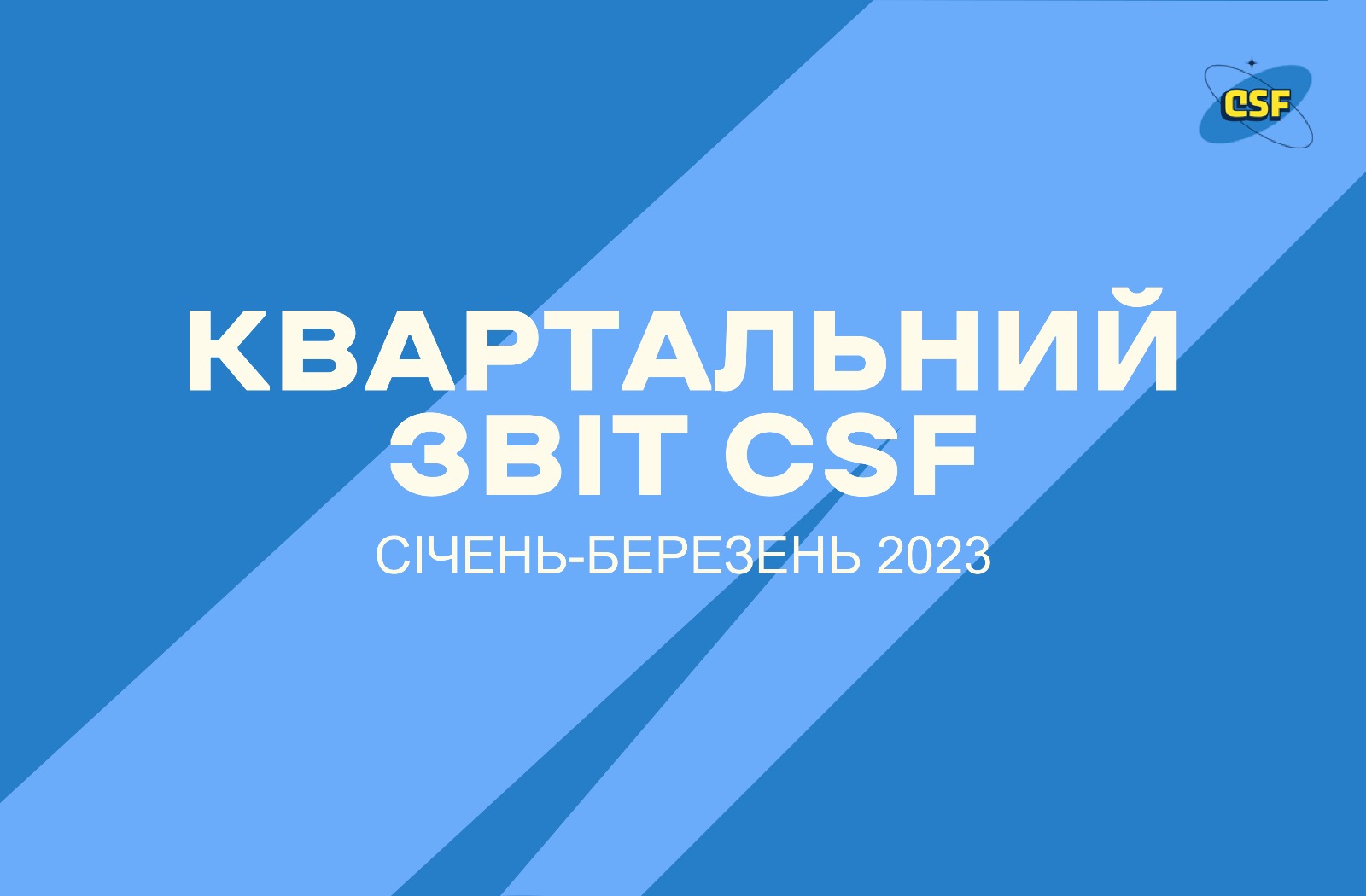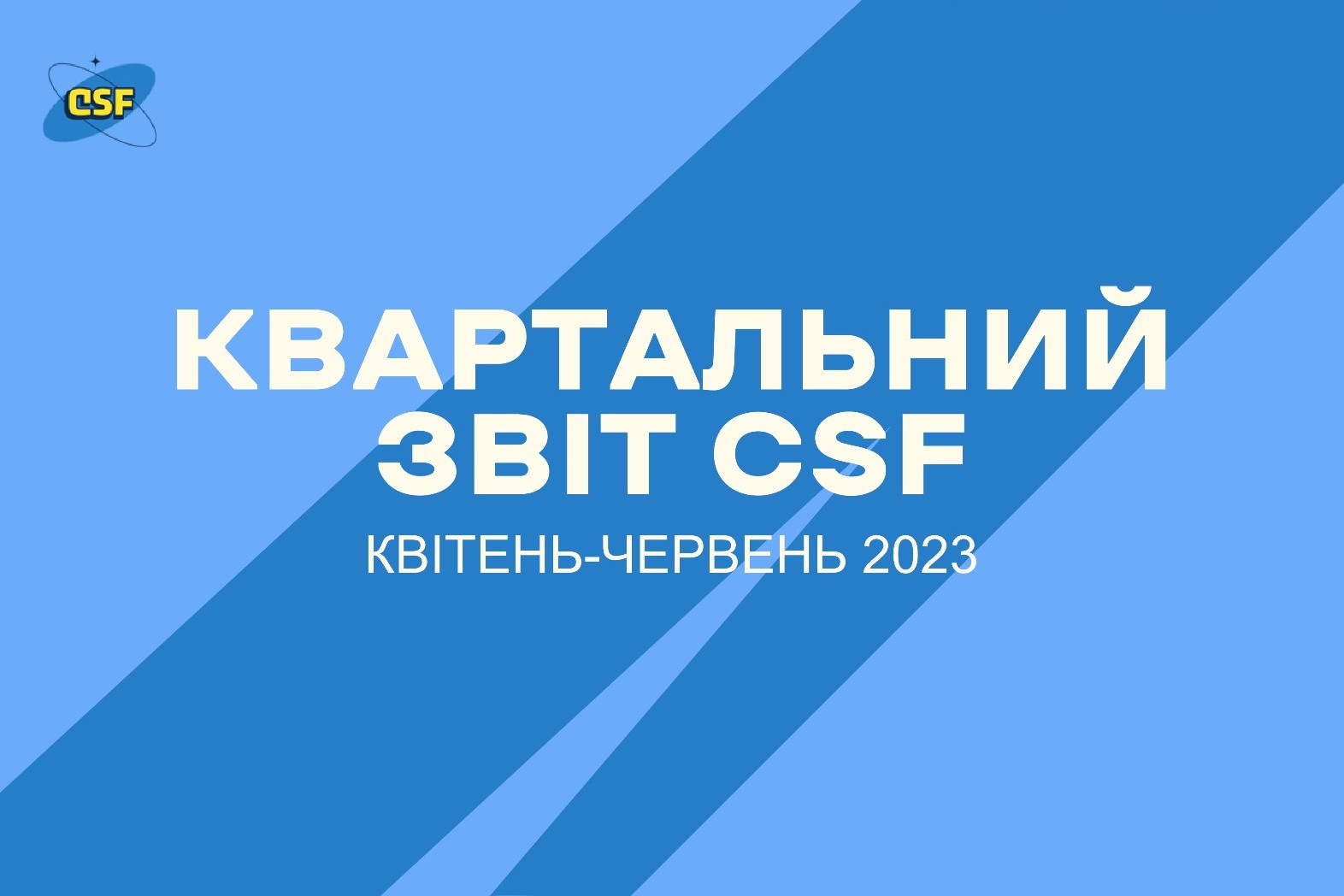 284
284
TESS telescope: explore space without grants

You don't need to apply for grants programmes, move to the USA or buy some super-powerful telescope (which you have nowhere to put it anyway, it's not a solar panel) to conduct your own astronomy research. NASA and MIT gave this opportunity to every enthusiast when they created a space telescope with an open database of data.
More details – in our article.
What is TESS?
TESS is the space telescope, i.e. one that is launched into outer space to observe astronomical objects. His name is decipherable as “Transiting Exoplanet Survey Satellite”. As you can see from it, TESS uses the transit method for its research, that is, it records the characteristics of the planet when it passes between its star and the observer.
TESS was developed for the Astrophysics Explorer class mission which was sponsored by NASA and launched in 2018 by SpaceX (it was launched into orbit by one of the famous Falcon 9s). The TESS mission is led by the Massachusetts Institute of Technology (MIT), which is responsible for overall management.
The initially two-year mission was so successful that it has been extended for more than four years. According to NASA, the main goal of the telescope is to discover planets smaller than Neptune that transit stars bright enough to enable follow-up spectroscopic observations that can provide planet masses and atmospheric compositions.
TESS observes from a unique elliptical high Earth orbit (HEO) that provides an unobstructed view of its field to obtain continuous light curves; i.e. its data on stars and planets is more accurate and complete than that of low Earth orbit telescopes. In general, the main advantage of TESS data is its extreme accuracy. The measurement error is calculated in hundreds or even thousands of parts of a magnitude.
The telescope's "view" covers 85% of the sky within ~200 light-years (for example, the previous mission with the Kepler telescope covered only 0.25% – 340 times less!) For this purpose, TESS has four identical wide field-of-view optical cameras CCD (charge-coupled device) with a total resolution of 69 megapixels to detect periodic brightness decreases caused by planetary transits. The cameras, arranged in a single strip, take images every two minutes. They have a 6.8-megapixel detector with low power consumption and low image noise, a 24° × 24° field of view and 100 mm effective pupil diameter, a lens assembly with seven optical elements, and a bandpass range of 600 to 1000 nm. This means that TESS can study the mass, size, density and orbit of a large cohort of small planets.
Scientific data are transmitted every two weeks, but in addition, full-frame photographs with an effective exposure time of two hours are transmitted too. This allows scientists to look for unexpected fleeting phenomena such as the optical counterparts to gamma-ray bursts.
Source: Characteristics of the TESS space telescope
It sounds very cool. What results has it already achieved?
As of June 2023, according to NASA's Exoplanet Archive, there are 323 confirmed exoplanets discovered by TESS and 6213 candidate planets still awaiting confirmation or rejection by the scientific community. But in addition, TESS has given impetus to the study of variable stars, stellar astronomy, asteroseismology, and several other sciences.
During its main two-year mission, from 2018 to 2020, TESS focused on searching for planets outside our solar system with a primary goal of finding nearby planets that are amenable to characterization with ground-based follow-up surveys. Specifically, one of the primary science requirements of the TESS mission were to capture data on over 200,000 stars to discover planets with periods <10 days and radii <2.5 Earth which orbiting the brightest stars in the solar neighborhood and discover planets with radii at least 2.5 Earth radii distributed across the celestial sphere.
'Observing sector' was divided into 26 observing sectors; each sector was combined field-of-view of 96 x 24 degrees with overlapping sectors at the ecliptic poles to provide additional sensitivity to smaller and long-period exoplanets in this region.
Then there were two extended missions.
During the first one, which lasted from 2020 to 2022, scanning continued to search for exoplanets and transient events. Additionally, topics proposed by scientists were investigated: stellar astrophysics, accretion and extragalactic, the solar system, and others – which may be relevant to data analysis research, etc. The second extended mission is currently underway, with TESS continuing to scan the sky for exoplanets and transient events.
The “raw data” sent by TESS to Earth (as of 2023) takes up more than three terabytes, and this is far from the end. Based on this information, scientists have created 4270 publications (data from the NASA ADS database). According to statistics from the TESS Science Support Center, 41% of the studies are about exoplanets, and 59% are about other areas of astrophysics.
The “hottest” discoveries include:
- TOI 700 d, an Earth-sized planet orbiting a red dwarf, where conditions may be ideal for the existence of surface water;
- the Neptune-sized planet TOI-1231, orbiting a red dwarf within the habitable zone;
- several super-hot planets that orbit their stars in less than two days;
- several "super-Earths" that are five times the mass of our planet;
- Alpha Draco was found to be an eclipsed double star.
And hundreds more discoveries, big and small, that can be found in open sources. There will be more, because according to the developers' predictions, TESS's orbit will remain stable for another ten years, and its service life has not yet been exhausted.
We are writing about the international scientific community. What about research in Ukraine?
Until recently, it was "too unorthodox" to use TESS data, so there were few studies. To be precise, only 20 out of a total of 4270. For comparison, scientists from South Africa have already written 92.
We, CSF (formerly called NUAAR), are fixing this right now!
The goal of our projects “TESS-UA-2022” and “TESS-UA-2023Α” is to teach Ukrainians how to use TESS data to study exoplanets and stellar pulsations (we will tell you more about them later), and potentially habitable planets. Our scientists, experienced astronomy experts and amateur enthusiasts from other professional fields, are in the final stages of working on articles that will be submitted to scientific journals in the coming days.
But we'll talk about this project and its results in the next article, so stay tuned to our updates to ensure you don't miss it.
But you don't have to wait for TESS-UA to join – you can use TESS data on your own. How exactly?
All the data that the telescope receives is transferred into the TESS Input Catalog. The current version of the TESS Input Catalog, TIC-8, contains about 1.5 billion objects and data on the global characteristics of the stars (such as their effective temperature, mass, radius, and luminosity, gravitational acceleration on the surface of the star), as well as the brightness of the object in different photometric systems. Anyone can download the information from the catalog through the Mikulski Archive for Space Telescopes (MAST), which contains all the raw and processed data. They can be divided into four types:
- Calibrated Full Frame Images – images of the sky;
- Target Pixel Files – pixel versions of images without unnecessary "image noise";
- Extracted Light Curves – light curves that show the dependence of star brightness on time;
- Data Validation Time Series – additional data for searching for exoplanets.
They can be freely downloaded by selecting the desired sector or a specific star, converted with special scripts to the format that your computer "sees", and – explore!
And if you have any questions about how to use this archive or interpret its data, please email to clearskiesfoundation.contact@gmail.com. We are always happy to help.
Let's go to new discoveries!
*All data presented in the article is dated June 2023.



